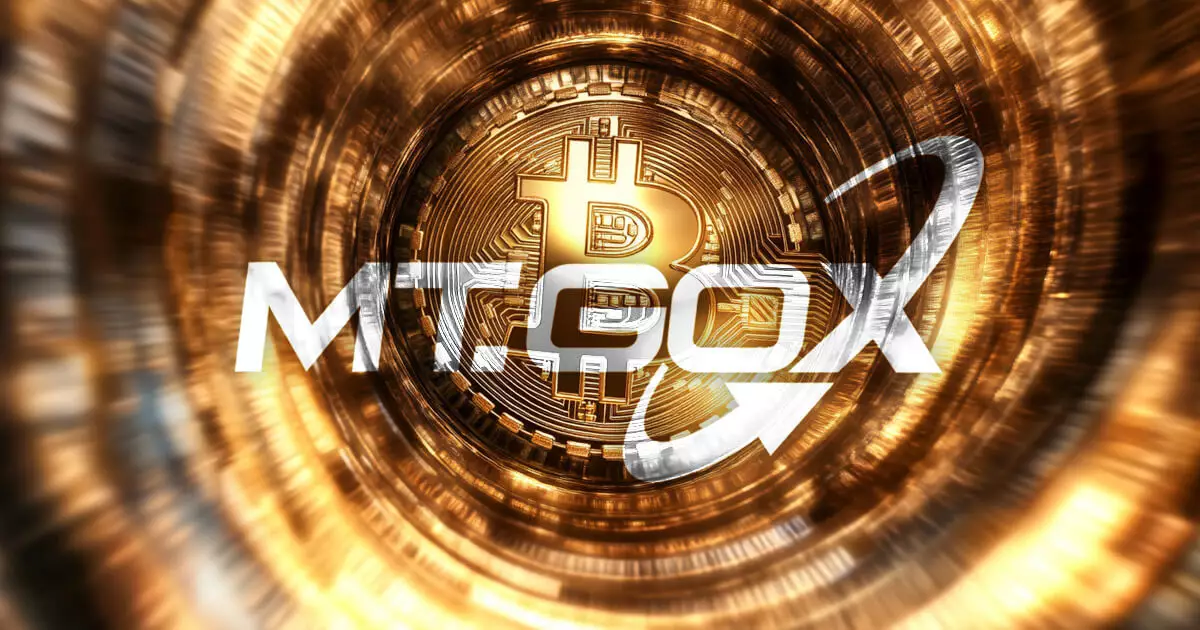The infamous Mt. Gox exchange, once the largest cryptocurrency trading platform before its catastrophic collapse in 2014, has made headlines once again by transferring over $2 billion in Bitcoin recently. According to Arkham Intelligence, the transfers occurred on November 4, with a staggering 30,371 BTC directed to a newly generated wallet identified as “1FG2C.” An additional 2000 BTC was subsequently sent to another address labeled “15gNR” approximately an hour later. Such significant movement of assets has ignited discussions around the long-buried assets of the exchange and what it means for the broader cryptocurrency market.
Despite these moves, Mt. Gox reportedly retains around 44,378 BTC, amounting to roughly $3.04 billion, highlighting the liquidity still within its grasp. Recent analyses from SpotOnChain note a heightened activity level from the Mt. Gox wallet, revealing that over the past four days, a total of 32,871 BTC, valued at close to $2.22 billion, was redistributed across various wallets. Notably, a small fraction of these funds, specifically 296 BTC worth approximately $20.13 million, found their way to wallets associated with major exchanges like OKX and B2C2.
This surge of activity has understandably raised eyebrows across the crypto community, stirring speculation regarding the timing and strategy behind the remaining asset distributions. As the holder of the largest amount of Bitcoin lost in the infamous 2014 hack, Mt. Gox’s movements directly tie to the ongoing narrative of recovery and reparations for the investors left in the lurch after the platform’s demise.
In addition to the speculative chatter, Mt. Gox has been actively working on compensating creditors who suffered losses due to the hacking incident, during which nearly 950,000 BTC were lost, totaling over $58 billion at today’s rates. The repayment process is being facilitated through established platforms like Kraken, Bitstamp, and BitGo, showing an organized approach to managing the long-deferred reimbursements.
Significantly, Mt. Gox recently revised its repayment deadline, extending it by an additional year to October 31, 2025. This extension aims to ensure that all creditors receive their rightful settlements. However, with the recent transfers raising questions on the recovery timeline, the uncertainty surrounding the exchange’s operations continues to loom large in the minds of observers.
The ramifications of Mt. Gox’s maneuvers are profound, as the market remains sensitive to any upheaval stemming from the distribution of such vast holdings. Market participants have become increasingly wary, weighing the possible influences of these movements on Bitcoin’s pricing, supply, and demand dynamics. The broader implication remains tempered with cautious optimism, as many hope that the ongoing distributions mark a step toward resolution for one of the most notorious chapters in cryptocurrency history.
While Mt. Gox has taken strides to manage its responsibilities, the continued activity within its wallets undeniably stirs speculation, and it remains to be seen how these developments will influence the crypto ecosystem in the coming months and years. As the situation unfolds, stakeholders in the crypto sphere will be watching closely, hopeful for clarity and recovery in a market still reeling from past tumult.

